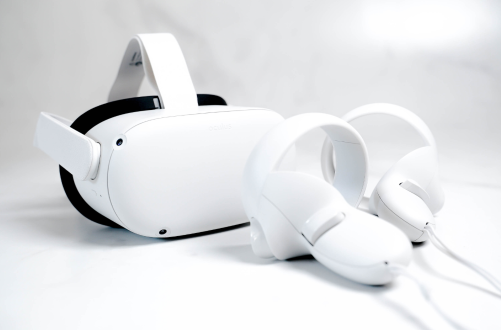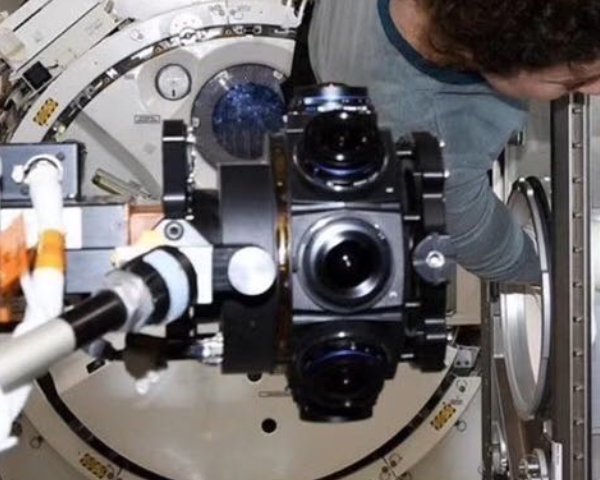Your Partner For Multidimensional
Industrial Quality Solutions
In many industries where accuracy, quality and efficiency are essential to success, TOHO's
measurement technology ensures that these industries achieve exceptional results.









